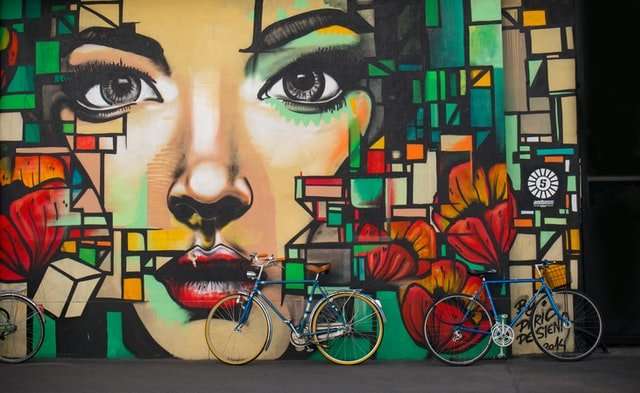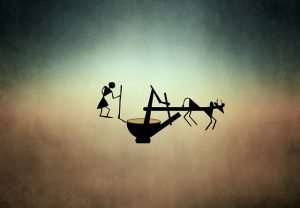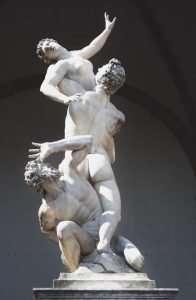I’ve been asked many times at workshops and conventions, “How can I become an illustrator?” and “How do I know if my drawings are good enough?”
I feel that most aspiring artists have the wrong idea about how to draw skulls. I don’t think the process is about hard skills, but rather a process of building confidence in your own artistic ability. If you have confidence in your own ability then anything you draw will be art.
The problem with this kind of question is that it’s like asking a chef, “What’s the best way to make toast?” There is no right answer. Everyone has different tastes.
In the end, it doesn’t matter whether you see skulls or skeletons. The main thing is that you notice how detailed and fascinating they are.
I love to draw skulls. I draw them as part of my daily warm-up exercises. I draw them as part of a series called “micro sketches” (you can see them on Twitter). And I’ve learned some lessons about how to make good ones.
On Instagram and elsewhere I see lots of great drawings of skulls — characterful, beautifully done drawings — that don’t seem to me like the product of a lot of work. They look more like a gift: something you can just do without having to learn much. And they’re usually done in black and white, which means even less time spent on shading!
I’ve also seen plenty of illustrations that call themselves art but aren’t really very good at all (in fact, they seem kind of lazy) — and which sold for sums that would have made Michelangelo cry! In other words, there’s a lot of skull art out there, but it’s hard to know what makes one skull art better than another. That’s why I started writing this blog.”
Skull art is mostly done out of the context of a story or idea. It doesn’t necessarily have to make sense.
Artists can do this because their audience will “get it.” There is a kind of understanding that the artist is able to convey through his/her art, and the audience will “get it” even if they don’t know why they get it. It’s kind of like a joke: you have to have some pre-existing knowledge in order to get it.
This is an important distinction between art and illustration. Illustration tells a story, or shows how something works, or gives instructions for how to build/use something. The image is there for a specific reason.
Art is not about telling a story or showing how something works; it’s about communicating an idea or emotion or experience through visual means. Sometimes art communicates things that don’t make sense, but it’s still communicating something that the artist understood and was therefore able to convey through the art.”
Skull art is very popular in tattooing and in goth culture. I’ve been doing skull art for a while now and I enjoy drawing them. The reason why I started drawing skulls was because of my love for The Misfits and goth/punk music.
I created this blog as a way to show off my skull art and to also help others learn how to draw skulls. I hope that my blog can help you with your art, if you too enjoy drawing skulls.
T-shirts are also available at my Cafe Press store: http://www.cafepress.com/skullartblog”’
A lot of people today think that all illustration is art, but a lot of artists and illustrators disagree. They like to talk about the difference between “art” and “illustration,” but they don’t always agree on what those words mean. If you’re trying to decide whether to set out as an artist or illustrator, it would be helpful to know what the difference is.
Trying to define “art” and “illustration” turns out to be surprisingly hard. But there are a few clues.
First of all, the subject matter for art tends more often than not to be figurative — that is, representations of people, animals and plants — whereas illustration tends toward the non-figurative (though there are many exceptions).
The second clue comes from looking at who buys art and who buys illustration. Art markets cater to collectors who want original works by specific artists; illustration markets tend toward buyers who want something that will fit into a specific context, such as a magazine or book.
Skull art is a trend that has taken the world of art by storm and it is not going to stop anytime soon. There are numerous artists who have put their own twist on these pieces and made them different from each other, which makes this trend all the more exciting.
The skull has been a major subject of artistic expression since ancient times, with many famous people contributing their own pieces to this wonderful collection. Whether you want an original piece of art or looking for inspiration, this trending topic would surely be able to provide you with what you need.
Trying to find skull art online can be quite challenging given that a lot of it is free and there is no way to determine whether or not it is a good piece of work. Finding the right artist may take time but rest assured that once you find them, there will be no regrets as it will surely be worth your time and money spent.
Here at Skull Art we have worked hard in providing you with the best skull art from around the world. From realistic skulls to humorous ones and from traditional pieces through to modern ones, our collection has something for everyone’s taste.
Skull art is a sub-genre of tattoo art, sometimes called “skull and crossbones” tattoos. The skull image is one of the most popular tattoo designs for both men and women. In general, skull tattoos are popular among men in the Western world. Although skulls have no sex, men seem to prefer to wear skull images as compared to women. There are many different types of skull tattoos — each design has a different meaning.
Elements of Skull Art
Skull art is often characterized by the use of black ink or colorless/clear ink, which makes the skin look like it’s glowing from within (see: white ink tattoos). In some cases, an outline may be applied in order to achieve a cartoon-like appearance. To add more detail, artists may also use additional elements including eyes, crossbones and roses. Skulls can also be painted on top of other images, such as flowers or animals. Skull art is typically displayed on the upper portion of the body — this includes areas like shoulders and arms.”



